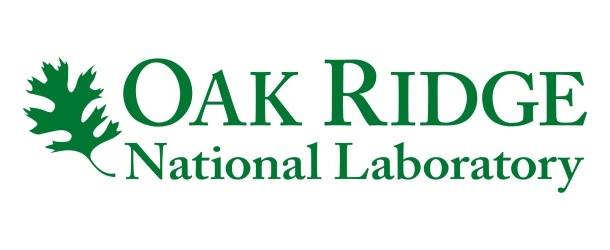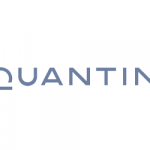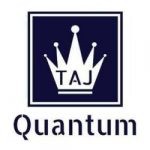ORNL researchers take strides toward quantum internet with Bell state analyzer

(Phys.org) Researchers at the Department of Energy’s Oak Ridge National Laboratory, Freedom Photonics and Purdue University have made strides toward a fully quantum internet by designing and demonstrating the first ever Bell state analyzer for frequency bin coding.
Before information can be sent over a quantum network, it must first be encoded into a quantum state. This information is contained in qubits, or the quantum version of classical computing “bits” used to store information, that become entangled, meaning they reside in a state in which they cannot be described independently of one another.
Entanglement between two qubits is considered maximized when the qubits are said to be in “Bell states.”
Measuring these Bell states is critical to performing many of the protocols necessary to perform quantum communication and distribute entanglement across a quantum network. And while these measurements have been done for many years, the team’s method represents the first Bell state analyzer developed specifically for frequency bin coding, a quantum communications method that harnesses single photons residing in two different frequencies simultaneously.
“Measuring these Bell states is fundamental to quantum communications,” said ORNL research scientist, Wigner Fellow and team member Joseph Lukens. “To achieve things such as teleportation and entanglement swapping, you need a Bell state analyzer.”
In the fall of 2020, Lukens and colleagues at Purdue first showed how single frequency-bin qubits can be fully controlled as needed to transfer information over a quantum network.
Using a technology developed at ORNL known as a quantum frequency processor, the researchers demonstrated widely applicable quantum gates, or the logical operations necessary for performing quantum communications protocols. In these protocols, researchers need to be able to manipulate photons in a user-defined way, often in response to measurements performed on particles elsewhere in the network.
Whereas the traditional operations used in classical computers and communications technologies, such as AND/OR, operate on digital zeros and ones individually, quantum gates operate on simultaneous superpositions of zeros and ones, keeping the quantum information protected as it passes through, a phenomenon required to realize true quantum networking.
With the Bell state analyzer completed, Lukens and colleagues are looking to expand to a complete entanglement swapping experiment, which would be the first of its kind in frequency encoding. This work is planned as part of ORNL’s Quantum-Accelerated Internet Testbed project, recently awarded by DOE.























